When Sam and I were first planning our trip to Japan, one of the things at the top of our list was to book a traditional Japanese ryokan stay. I mean, who wouldn’t want to wear a yukata, feast on a multi-course dinner, sleep on tatami floors, and soak in an onsen?
It’s quintessential Japan!
I got straight to planning and ended up booking a stay at Ryokan Seiryu in Takayama. We chose Takayama because it’s a mountain town in the heart of the Japanese Alps with plenty of temples, shrines, and scenic trails to explore, plus it’s also the gateway to Shirakawa-go, where you can visit the ‘praying hand’ farmhouses.
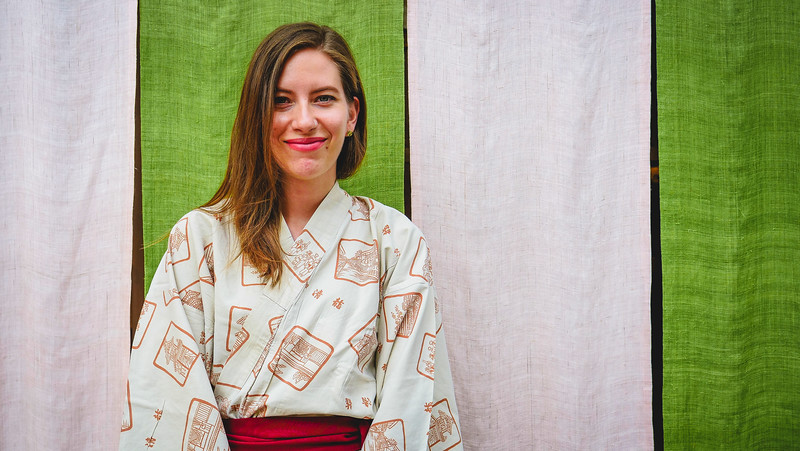
“So what exactly is a ryokan?” you ask.
Before visiting Japan, I thought a ryokan was the same thing as a hotel, but it turns out ryokans are in a category of their own.
A ryokan is a type of traditional Japanese guesthouse or inn, generally located in a scenic area close to nature, making it a great place to relax and unwind.
What sets it apart from your average hotel is that a ryokan is far more than just a place to rest your head at night. Staying in a ryokan is an experience in and of itself, where you are treated to the art of hospitality from the minute that you set foot through the door.
It can be a fascinating glimpse into Japanese culture, but we’ll dive into details soon enough!
Japanese Ryokan Travel Guide: Our Complete Experience
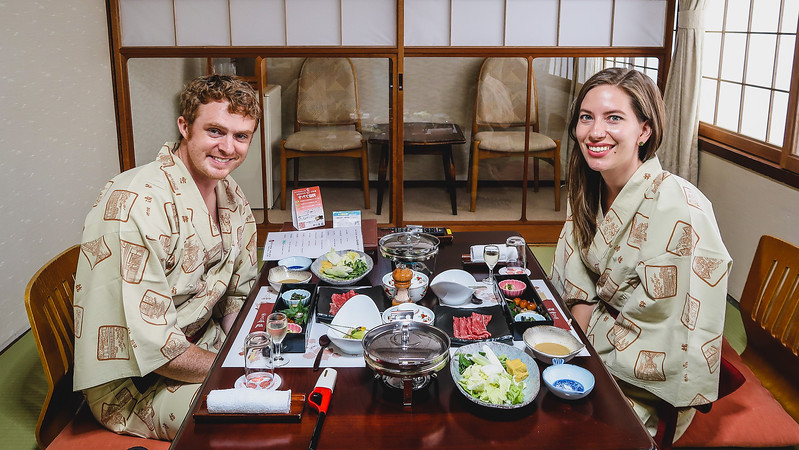
Checking in at the ryokan
As soon as we arrived at our ryokan, we noticed a shoe rack on the wall and rows of slippers, so this was our first cue to take off our shoes and store them in the cubbies.
I discovered that finding slippers that fit me is a bit of a challenge in Japan, so I grabbed some of the biggest men’s slippers available!
We then walked up to the front desk where we were introduced to our nakai-san, who would be our room maid and attendant for the duration of our stay.
She gave us a quick overview of the ryokan, explained how the baths work, took us up to our room, gave us our towels and yukatas, and made a note of when we wanted dinner served.
She then prepared some green tea and served us Japanese sweets which we proceeded to devour in a matter of seconds.
Time for a bath at the onsen
With a few hours to spare before dinner time, we decided to head down to the public baths, better known as the onsen.
Now, if you followed our travels through Korea, you already know that I was too shy to try the public baths at the jjimjilbang, however, I decided that in Japan it would be now or never.
The onsen is a key part of a Japanese ryokan stay and I was going to get the full experience!
I made my way downstairs feeling as confident as one can before getting naked in front of a group of strangers (no bathing suits allowed here!), and then I walked in….and there was no one else there.
I HAD THE WHOLE ONSEN TO MYSELF!
Well, what a relief that was!
Haha, I really do think that worked out well for a newbie like me.
Maybe we just went at an odd hour because Sam also told me that he was the only one in the men’s side, and there were plenty of guests at the ryokan.
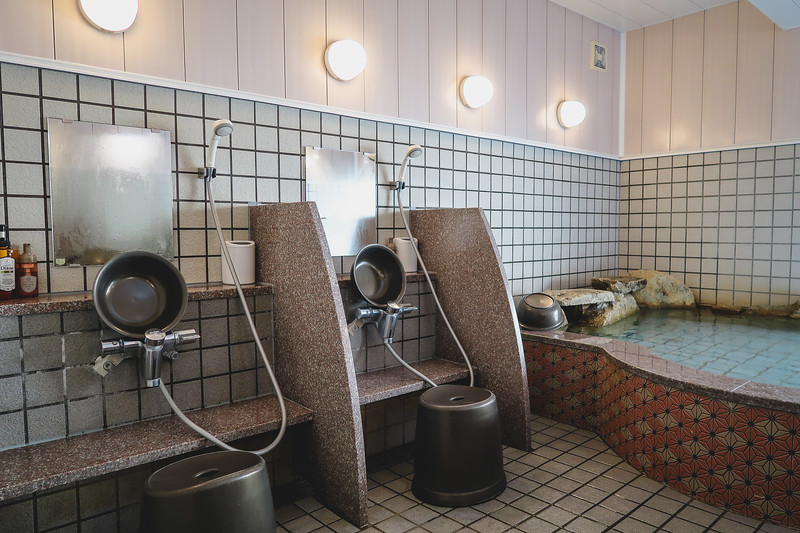
So what exactly do you do in the onsen?
Onsen etiquette dictates that you must wash before you enter the bathing area.
Inside the onsen, you typically have individual washing stations with a plastic stool to sit on, a detachable showerhead, shampoo, hair conditioner, body wash, and a washing bowl to splash yourself with.
After you’ve washed you can enter the bath, which looks like a small pool or a jacuzzi.
Some ryokans have onsen that are fed by natural springs and others heat the water with boilers – this one was the latter.
Directly in front of the pool, there was a big window with a serene garden with pebbles and bamboo. I probably lingered in the onsen for about 15 minutes or so because it was piping hot, but I’m glad I got to try it.
I should mention that staying at Ryokan Seiryu also gives you access to their sister hotel, Alpina, which has a natural onsen fed by a hot spring that wells up from 1,007 meters underground. It’s just a 5-minute walk away and you can go over in your yukata.
Now, for anyone interested in seeing our tour of the ryokan thus far, here’s a video we filmed:
Wearing the yukata
Back in our room after a good soak in the onsen, we decided it was a good time to slip into the yukata. This is a Japanese garment sometimes called a ‘summer kimono’ which can be worn during your stay in a ryokan.
Originally, the yukata was meant to be worn when going in and out of the bath, but these days it’s considered fashionable summer wear.
The staff at our ryokan even told us that we could wear our yukata to go sightseeing around the city.

We got beige yukatas with a red design and matching belt and a light blue jacket. They were super comfortable and breezy which is a must if you decided to visit Japan in the summer as we did.
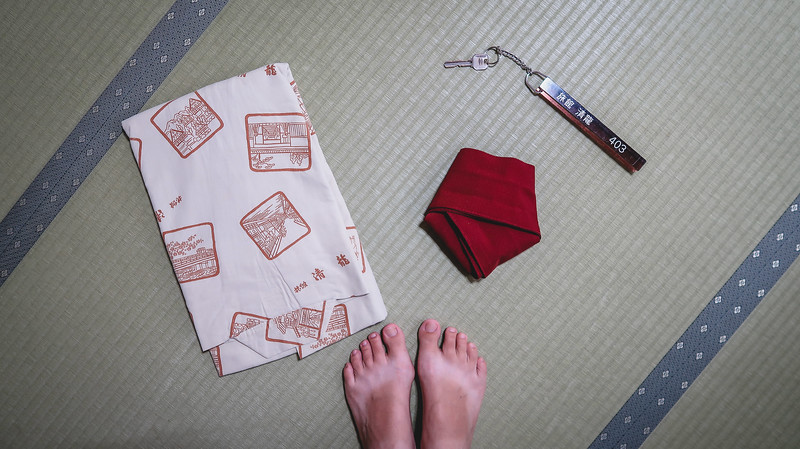
A multi-course dinner at the ryokan
By the time we had dressed up in our yukatas and finished exploring the ryokan, it was already time for dinner and we were in for a treat.
This meal was probably my favourite part of our whole ryokan stay!
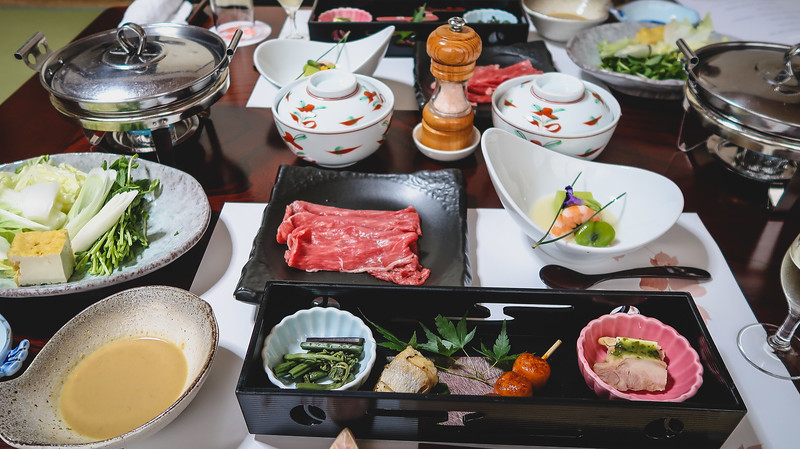
Ryokans typically specialize in kaiseki, which is a traditional multi-course dinner with impeccable presentation and wonderful hospitality.
Kaiseki meals were once reserved for the royal noble classes and today they are part of Japan’s haute cuisine.
It comes with a price tag, but it’s a meal that you’re sure to remember!
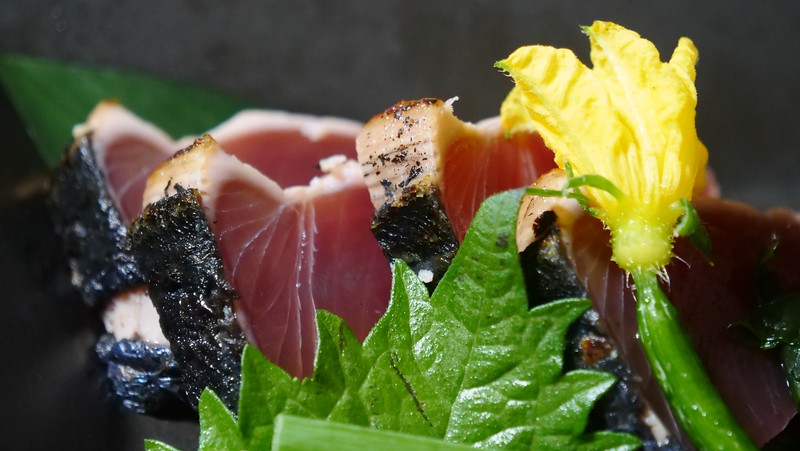
Since we did our ryokan stay in Takayama which is home to Hida beef, this was something that featured quite prominently in the dishes.
We had Hida beef steamed buns, Hida beef shabu shabu, and even Hida beef steak. These are must-try foods in Takayama!
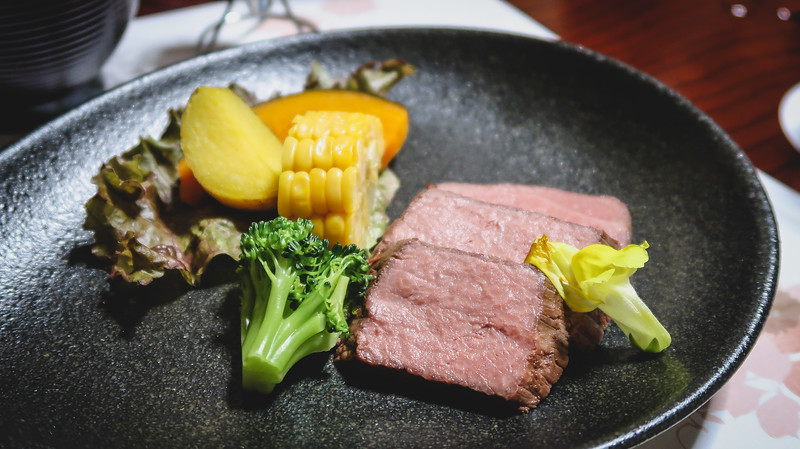
Of course, we had to document the entire meal so here’s another video to give you the full experience!
Sleeping on a futon on tatami floors
And now let me tell you about the best sleep I had during our whole trip to Japan!
When you stay in a traditional ryokan, you typically sleep on a futon. This is a mattress that’s laid directly on the tatami floors, but it’s much thinner than your average Western mattress, meaning it’s firmer.
I wasn’t sure how my back would feel about sleeping on a futon – would it be too hard? would it feel like I was sleeping directly on the floor? – but it was wonderful!
I fell asleep almost instantly and woke up in the same position. No tossing and turning, no getting tangled in the blankets, just a deep, restful sleep.
It was amazing and very different from our stay in Japanese capsule hotel!
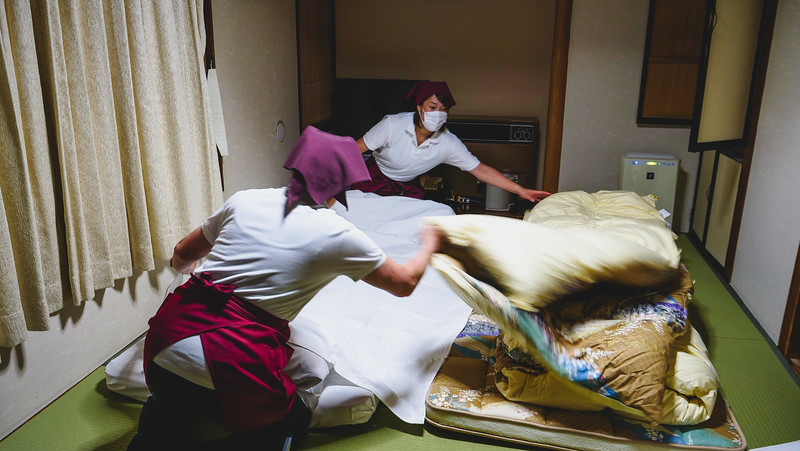
For anyone staying in a traditional ryokan for the first time, don’t be alarmed if there’s no futon in your room when you first check-in. The futon only comes out when it’s time to go to sleep; during the day it is folded and neatly stored in the closet along with the duvet and pillow.
The futon will typically be set up for you after you have your dinner.
Our table had just been cleared from dinner when two women arrived to set up our beds for the night. What followed was a beautiful work of synchronized art.
Sam and I watched as they got to work unfolding the futon, putting a cover on the duvet, and fluffing the pillowcases, all without uttering a single word. Their movements were so in sync and perfectly timed that we felt like we were watching a performance.
Lastly, if sleeping on a futon doesn’t sound like your thing, but you still want to experience a Japanese ryokan stay, you can find more modern guesthouses with Western beds, so there are options.
Breakfast at the ryokan
Just like the previous night’s dinner, breakfast at the ryokan was another memorable meal made up of tiny little dishes with contrasting textures and flavours.

We had been asked to choose a time slot for breakfast the previous night and being major foodies, we were the first to arrive in the breakfast hall.
We quickly learned that breakfast at a ryokan is very different from your average hotel breakfast buffet.
No pancakes, scrambled eggs or bagels around here, but boy, was it wonderful!
Again, another video to show you the experience.
And you can get some ideas of things to do in Takayama during your visit here.
Booking a Japanese ryokan stay in Takayama
Because Takayama is such a beautiful destination in the heart of the Japanese Alps, it makes for a great weekend getaway and there are numerous ryokans to choose from.
As you already know, we stayed at Ryokan Seiryu (you can view their current rates here), but I’ve also included a few other options below.
These are some of the top-rated ryokans in Takayama and they come at varying price points:
- Oyado Koto No Yume – features an indoor and outdoor hot spring bath just 2 minutes from the train station (see reviews)
- Ryokan Tanabe – a historical ryokan located in the heart of the old town (see reviews)
- Honjin Hiranoya Kachoan – where you can choose between a bed or futon, plus some rooms have a private onsen (see reviews)
- Takayama Ouan – a ryokan with a rooftop open-air hot spring and beds, not futons (see reviews)
- Ryokan Asonaru – a historic property with unique details that take you back in time (see reviews)
Staying in a ryokan can be a pricey affair, but you are paying for more than just a place to sleep.
Most ryokan stays include a multi-course dinner followed by breakfast the next morning, plus let’s not forget that you also get access to the onsen, so it’s a full experience!
Keep in mind that the price of your ryokan stay will also vary depending on the type of room you select, whether you have access to a private onsen, and the number of meals you want during your stay, but if you can work it into your budget, it’s worth the splurge!
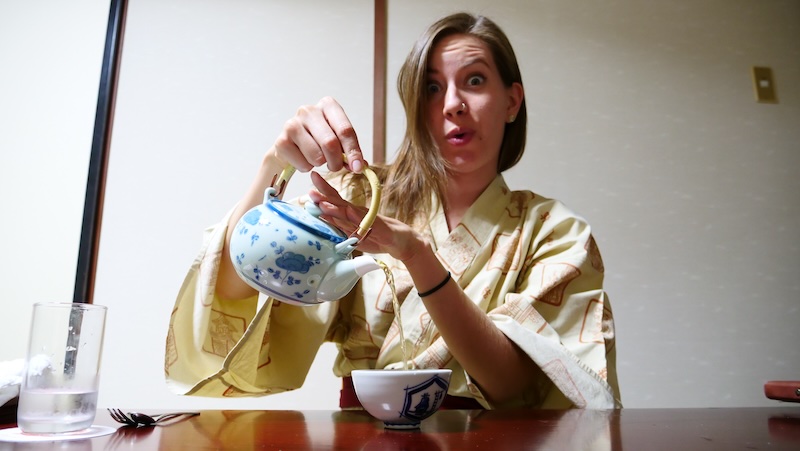
Tips, Traditions & Travel Planning for Your Ryokan Stay
🌸 Understanding the Ryokan Experience
Ryokans are not simply hotels with tatami floors. They are an art form of Japanese hospitality known as omotenashi. Every small detail, from the temperature of your tea to the placement of your slippers, is intentional. The goal is to anticipate your needs before you ask.
Core elements of a ryokan stay include:
- Tatami mat rooms – Natural rush grass floors that give a soft, fragrant feel underfoot.
- Futons – Rolled away during the day and laid out in the evening.
- Yukata – Comfortable robe you can wear inside and even outside the property.
- Kaiseki meals – Multi-course feasts designed for seasonality, presentation, and balance.
- Onsen bathing – Relaxation ritual, often using mineral-rich hot spring water.
🛁 Onsen Etiquette 101
Bathing is central to Japanese culture. Here’s the basic etiquette checklist:
| Step | What To Do | Why It Matters |
|---|---|---|
| 1 | Undress completely in the changing area. No swimsuits allowed. | Maintains cleanliness of the shared water. |
| 2 | Wash thoroughly at the shower stations before entering. | Entering clean keeps the onsen hygienic for everyone. |
| 3 | Enter slowly and quietly. | Avoid splashing and disturbing others. |
| 4 | Don’t put your towel in the water. | Towels stay folded on your head or placed at the edge. |
| 5 | Rinse lightly before leaving if it’s a chlorinated bath; in a natural onsen, leave the minerals on your skin. | Health and tradition. |
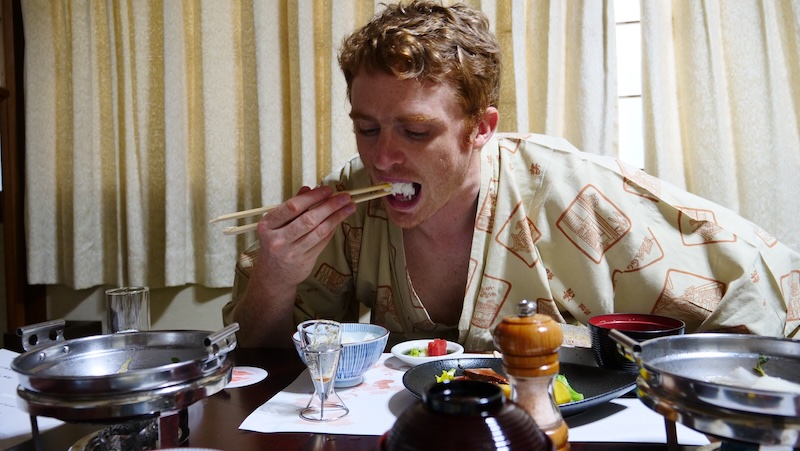
🍱 What to Expect from Kaiseki Cuisine
A ryokan dinner is often the highlight of the stay, and it’s a feast for both the eyes and the stomach. Kaiseki is about seasonality, balance, and presentation.
A typical kaiseki meal might include:
- Sakizuke – Small appetizer, often seafood or tofu-based.
- Suimono or Misoshiru – Clear soup or miso soup.
- Tsukuri – Seasonal sashimi platter.
- Nimono – Vegetables or proteins simmered in broth.
- Yakimono – Grilled dish, like fish or beef.
- Mushimono – Steamed delicacy, such as chawanmushi (savory egg custard).
- Agemono – Lightly fried items, tempura-style.
- Shokuji – Rice, pickles, and miso soup to close the meal.
- Mizumono – Dessert, usually fresh fruit or a small sweet.
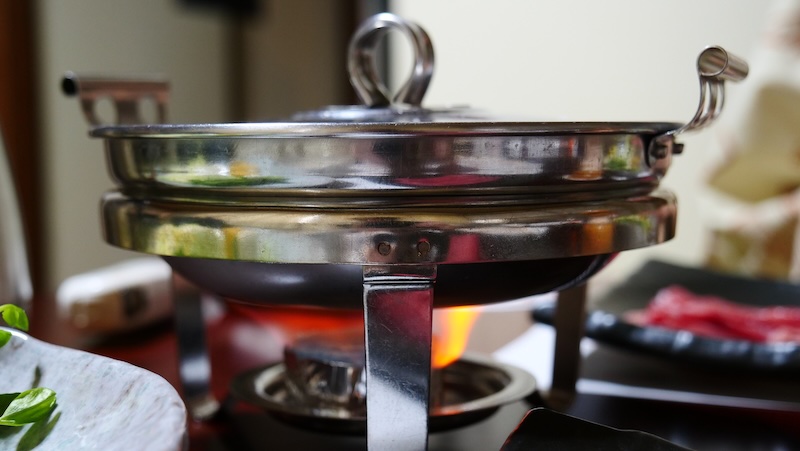
🏯 Choosing the Right Ryokan
Not all ryokans are created equal, and your choice will shape the experience.
| Ryokan Style | What You’ll Get | Good For |
|---|---|---|
| Traditional Luxury | Historic building, elaborate kaiseki, private onsen | Special occasions, splurges |
| Modern Hybrid | Mix of tatami + Western beds, rooftop baths | Couples or families easing into ryokan culture |
| Budget-Friendly Minshuku | More casual, family-run, fewer courses | Solo travelers, longer stays |
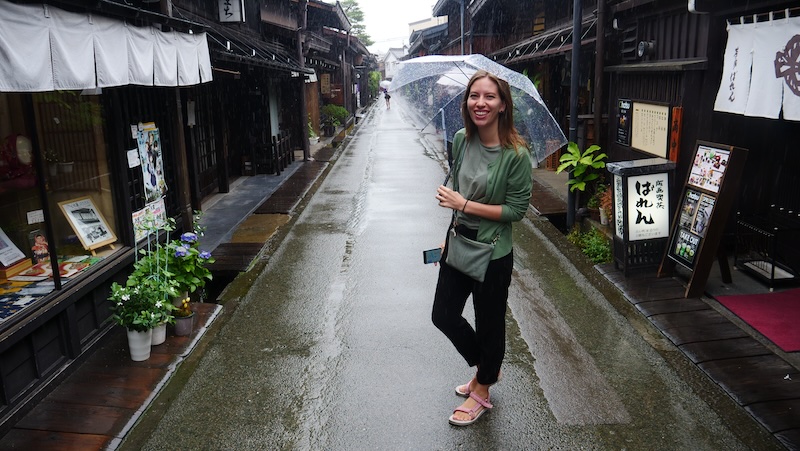
📅 When to Visit Takayama for a Ryokan Stay
Takayama is beautiful year-round, but each season changes the ryokan experience:
- Spring (Apr–May): Cherry blossoms, mild weather, Takayama Spring Festival.
- Summer (Jun–Aug): Green mountains, warm evenings perfect for strolling in yukata.
- Autumn (Sep–Nov): Fiery foliage, seasonal mushrooms in kaiseki meals.
- Winter (Dec–Feb): Snowy rooftops, hot onsen bliss, hearty winter dishes.
🎒 Packing for a Ryokan Stay
You won’t need much for your stay. Ryokans will provide yukata, slippers, and sometimes even skincare products in the bath area. Still, a few things can make your visit smoother:
- Lightweight overnight bag (space can be limited in traditional rooms).
- Socks (you’ll be in slippers often, and shoes are removed indoors).
- Modesty towel for onsen entry.
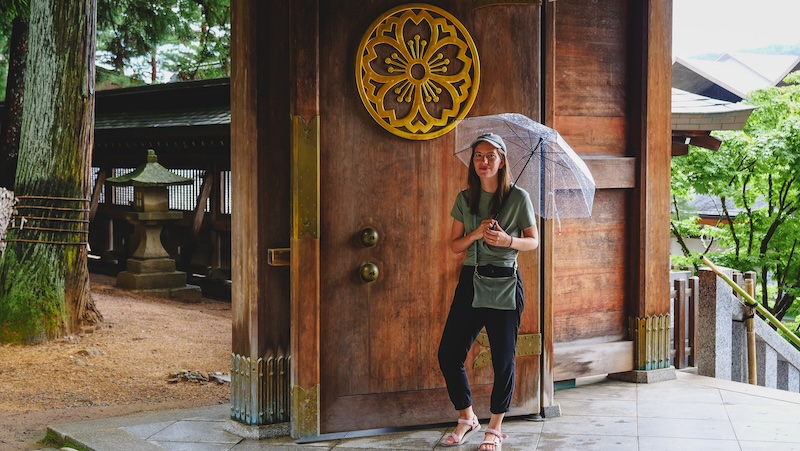
🚶 Things to Do Around Takayama Before or After Your Sta
- Sanmachi Suji District – Edo-period merchant houses turned into sake breweries and shops.
- Takayama Jinya – Former government outpost showcasing Edo-period history.
- Hida Folk Village – Open-air museum with traditional thatched farmhouses.
- Morning Markets – Local produce, crafts, and snacks along the Miyagawa River.
- Shirakawa-go Day Trip – UNESCO-listed “praying hand” farmhouses in a scenic valley.
💰 How Much to Budget
Ryokan stays vary widely in cost. Here’s a ballpark for Takayama:
| Category | Price (per person, per night) | Includes |
|---|---|---|
| Budget Minshuku | ¥6,000–¥9,000 | Basic tatami room, breakfast |
| Mid-Range Ryokan | ¥12,000–¥18,000 | Dinner + breakfast, onsen access |
| Luxury Ryokan | ¥20,000+ | Premium kaiseki, private onsen, upgraded rooms |
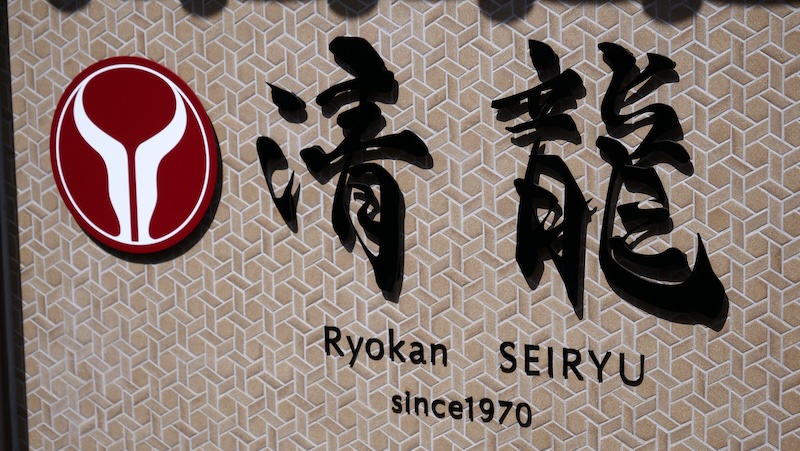
📎 Ultimate Ryokan-Stay Checklist
| Step 1 | Step 2 | Step 3 | Step 4 |
|---|---|---|---|
| BEFORE YOU BOOK | |||
| ☑︎ Decide on ryokan style → Traditional / Hybrid / Budget | ☑︎ Confirm dinner + breakfast bundle | ☑︎ E-mail dietary needs | ☑︎ Reserve optional private onsen |
| RESERVATIONS & ROUTES | |||
| ☑︎ Secure Takayama train (Hida Wide-View) or highway bus | ☑︎ Screenshot your Japanese-language address for taxi | ☑︎ Note last onsen entry (often 23:00) | |
| PACKING SHORTLIST | |||
| ☑︎ Overnight tote (tatami hates roller bags) | ☑︎ Socks (shoes stay off) | ☑︎ Face towel for onsen | ☑︎ Tiny thank-you gift for staff |
| CHECK-IN RITUAL | |||
| ☑︎ Shoes off → slippers on | ☑︎ Enjoy welcome matcha & sweet | ☑︎ Confirm meal slots (e.g., 18:00 & 07:30) | ☑︎ Ask about gender-switch times in the baths |
| ONSEN ETIQUETTE (REMEMBER “W‐C‐S”) | |||
| Wash first at shower station | Cloth stays out of water (towel on head) | Soak silently & slowly | Optional: Light rinse at exit |
| KAISEKI GAME PLAN | |||
| ☑︎ Wear yukata (left over right!) | ☑︎ Photograph, then taste every course | ☑︎ Sip sake or tea between bites | ☑︎ Say gochisō-sama when finished |
| BEDTIME ON TATAMI | |||
| ☑︎ Let staff lay out futons after dinner | ☑︎ Request extra pillow if needed | ☑︎ Phone off, shōji screens closed | |
| CHECK-OUT MORNING | |||
| ☑︎ Return yukata + locker key | ☑︎ Pay (cash is common) | ☑︎ Say arigatō gozaimashita at the door | ☑︎ Post review (onsen temp, meals, service) |
Japanese Ryokan Stay FAQ for Takayama (Ryokan Seiryu): Onsen Etiquette, Kaiseki Meals, Futons, Yukata & Booking Tips (12 Q&As)
1) What exactly is a ryokan—and how is it different from a hotel?
A ryokan is a traditional Japanese inn centered on omotenashi (thoughtful hospitality). Expect tatami-mat rooms, futon bedding laid out at night, yukata robes, seasonal kaiseki meals, and communal bathing (onsen/sento). It’s an immersive cultural experience rather than just a place to sleep.
2) Is Ryokan Seiryu a good base for exploring Takayama and Shirakawa-go?
Yes. Seiryu sits in walkable Takayama—near old town streets, morning markets, and sake breweries—and works well as a gateway for day trips to Shirakawa-go. You get the mountain-town vibe plus easy sightseeing.
3) How does check-in work (shoes, slippers, room attendant)?
Shoes off at the entrance; switch to provided slippers. You’ll meet a nakai-san (attendant) who explains bath hours, meals, yukata, and shows your room. Expect welcome tea and sweets and a note to confirm dinner/breakfast times.
4) What’s the onsen etiquette for first-timers?
Undress in the changing area (no swimsuits), wash thoroughly at a shower station, then soak quietly. Keep the small towel out of the water (on your head or poolside). Rinse lightly afterwards if chlorinated; in natural hot springs, many leave minerals on the skin.
5) Does Seiryu have a natural hot spring?
Seiryu’s on-site bath is heated; however, guests typically receive access to its sister hotel Alpina’s natural onsen a short walk away—perfect if you want geothermal mineral water as part of the experience.
6) What should I wear—and can I go out in a yukata?
You’ll be given a yukata with sash and jacket. Wear it around the property, to the bath, at meals, and—if staff confirm—around town for a stroll. Pro tip: wrap left over right (right over left is for funerals).
7) What is a kaiseki dinner like—and is Hida beef included?
Kaiseki is a seasonal, multi-course meal featuring precise textures, colors, and plating. In Takayama, Hida beef (steak, shabu-shabu, or buns) often appears. Expect sashimi, simmered and grilled dishes, rice/pickles, and a light dessert. It’s a highlight—arrive hungry.
8) How comfortable are futons on tatami—what if I prefer a bed?
Futons are firm and supportive; many sleepers report wonderfully deep rest. Staff lay them out after dinner and store them by day. If you prefer Western beds, Takayama also offers modern hybrid ryokans—ask when booking.
9) I have tattoos/dietary needs—will that be a problem?
Tattoo policies vary by property; many ryokans now allow tattoos or offer private time slots—confirm ahead. Dietary needs (vegetarian, pescatarian, no beef/pork, allergies) should be emailed in advance so the kitchen can adjust the kaiseki.
10) How much should I budget for a night in Takayama?
Very roughly per person with meals: mid-range ¥12,000–¥18,000 (dinner + breakfast), luxury ¥20,000+ (premium kaiseki, upgraded rooms, sometimes private onsen). Room type, season, and meal plan affect price.
11) When’s the best time to go—and what should I pack?
Year-round works. Spring = blossoms; summer = lush hills (hot/humid); autumn = foliage; winter = snowy onsen magic. Pack light layers, socks (you’ll be in slippers), a small modesty towel for the bath, and space-efficient overnight bags (tatami rooms dislike roller cases).
12) Any booking and on-the-day tips for a smooth stay?
Book early for weekends/foliage/snow. Confirm dinner/breakfast times, dietary notes, and any private onsen options. Screenshot the ryokan’s address in Japanese for taxis. At check-in: shoes off, enjoy welcome tea, and ask about bath gender-switch times if applicable.
Would you want to experience a Japanese ryokan stay?

Have never been to Japan…but now this really looks interesting.
The food looks delicious, though I have never tried Japanese food this looks awesome.
This post makes me want to visit Japan again so badly! We walked Kumano Kodo and the accommodations there are a dream. Loved the traditional Japanese meals they serve.
I hope to visit Japan after this pandemic. The food looks so delicious!